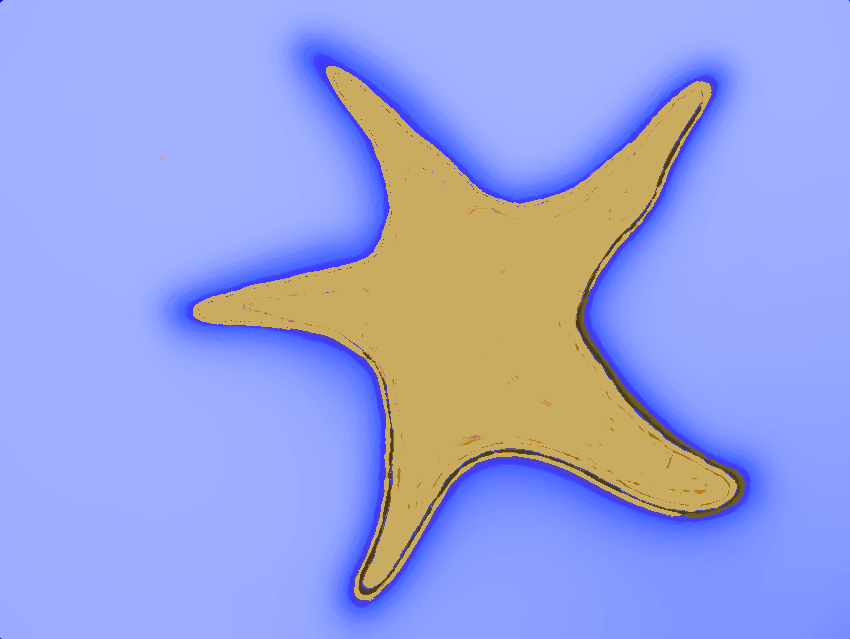The ability for researchers to grow anisotropic nanoparticles—i.e., nanoparticles of a non-conventional geometry—has enabled them to investigate and manipulate the optical properties of such nanoparticles compared to nanoparticles of conventional shapes, such as spheres and rods. Moreover, the construction of abnormal shapes enables researchers to investigate how different aspect ratios and structural differences affect the nanoparticles. This is especially true for metallic nanoparticles.
Stephan Link, Rice University, TX, USA, Miguel José-Yacamán, The University of Texas at San Antonio, USA, and colleagues have grown star-shaped nanoparticles. Controlled overgrowth of these concave nanoparticles leads to five-fold branched nanoparticles, nanostars. The synthesis protocol enabled excellent control and turnability of the final morphology.
The researchers subsequently analyzed their structural and optical properties using scanning electron microscopy (SEM), scanning tunneling electron microscopy (STEM), energy-dispersive X-ray spectroscopy (EDS), and single-particle dark-field scattering spectroscopy.
The shape itself was formed due to the kinetic control in the synthesis conditions, as well as the selective use of reactants—including copper chloride ions and capping agents. The nanostars were found to have a broad optical response. It hids the properties of the individual nanostars, but individual plasmons on the surface of the nanostars could be excited using light. This resulted in highly localized plasmon regions at the tips of each of the nanostar’s arms. According to the researchers, the concave nanostructures possess high-index facets and tunable concave plasmon resonances with enhanced plasmon fields, which will find potential applications in surface-enhanced Raman spectroscopy (SERS, plasmon-driven photocatalysis, or plasmon-mediated biomedical applications.
- Controlled Overgrowth of Five-Fold Concave Nanoparticles into Plasmonic Nanostars and Their Single-Particle Scattering Properties,
J. Jesús Velázquez-Salazar, Lourdes Bazán-Díaz, Qingfeng Zhang, Rubén Mendoza-Cruz, Luis Montaño-Priede, Grégory Guisbiers, Nicolas Large, Stephan, Miguel José-Yacamán,
ACS Nano 2019.
https://doi.org/10.1021/acsnano.9b03084




